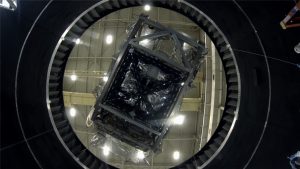
ETD Instrument System and Technology Division
ISTD | Code 550
The Bridge to Sciences and Exploration
The Instrument System and Technology Division is composed of many branches all working in conjunction with one another in the research, development, and manufacturing of instruments and technology to advance and benefit the scientific community at large.
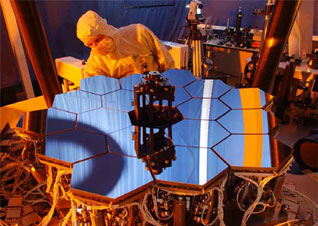
Optical, Lasers and Integrated Photonics Branch (551)
The Optical, Lasers and Integrated Photonics Branch provides comprehensive engineering and technology expertise to support the end-to-end conceptualization and development of optical, laser, and electro-optical systems for Earth and Space science instruments through collaboration with other engineering organizations, the Sciences and Exploration Directorate, and external customers in alignment with Goddard’s strategic initiatives. The branch maintains extensive facilities, laboratories, and technical capabilities spanning optical system design and analysis, optical component development and testing, optical materials and thin films, lidar systems and detector technology, solid state and tunable laser transmitters, image stabilization and pointing systems, non-linear optics technologies, and photonic integrated circuits including design, qualification, assembly, and failure analysis. Branch teams provide technology leadership by conceiving, planning, and implementing both in-house and external technology programs that enhance core capabilities for future science instruments while partnering with industry, universities, other government laboratories, and NASA Centers to advance optical and laser technologies. Additionally, the branch supports optical and laser system design, development, testing, and flight operations across all mission phases from pre-phase A research through flight program support, while actively transferring technology to the private sector and engaging in community outreach activities.
Contact Code 551 Key Personnel
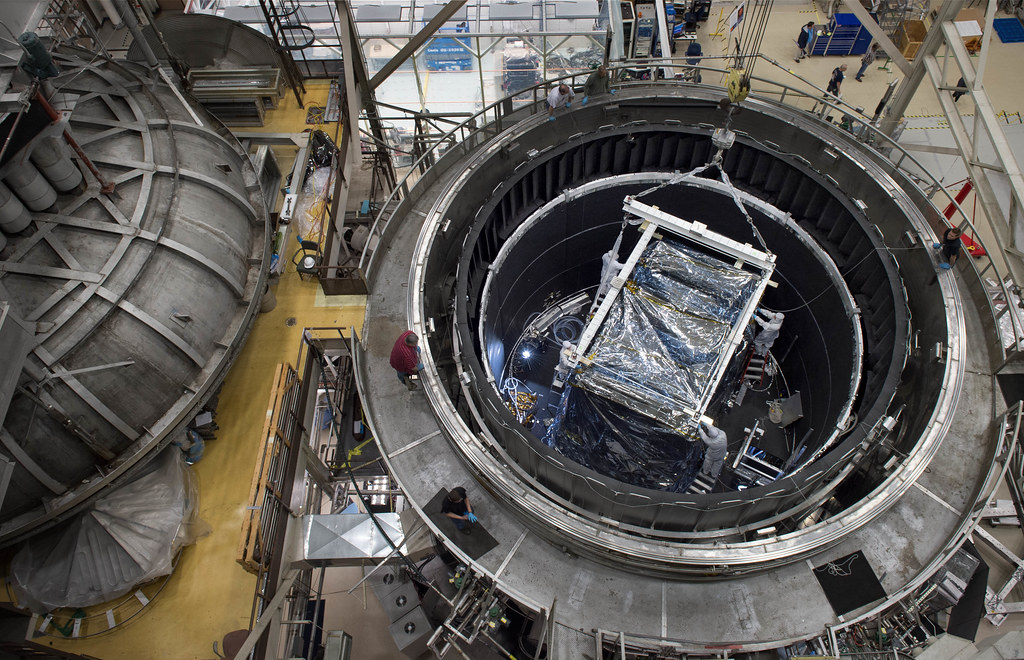
Cryogenics & Fluids Branch (552)
The Cryogenics and Fluids Branch provides world-class expertise in the design and development of low temperature cooling systems and related technologies for space flight applications. Typical science customers are infrared or x-ray detection instruments such as the Astro-H Soft X-ray Spectrometer (SXS) and the James Webb Space Telescope Mid-Infrared Instrument. The Branch provides end-to-end support from general consulting, research and development to integration, testing, and launch support. The Branch also provides expertise for materials testing at cryogenic temperatures and subsystem or system level cryogenic thermal analysis and mechanical design.
Contact Code 552 Key Personnel
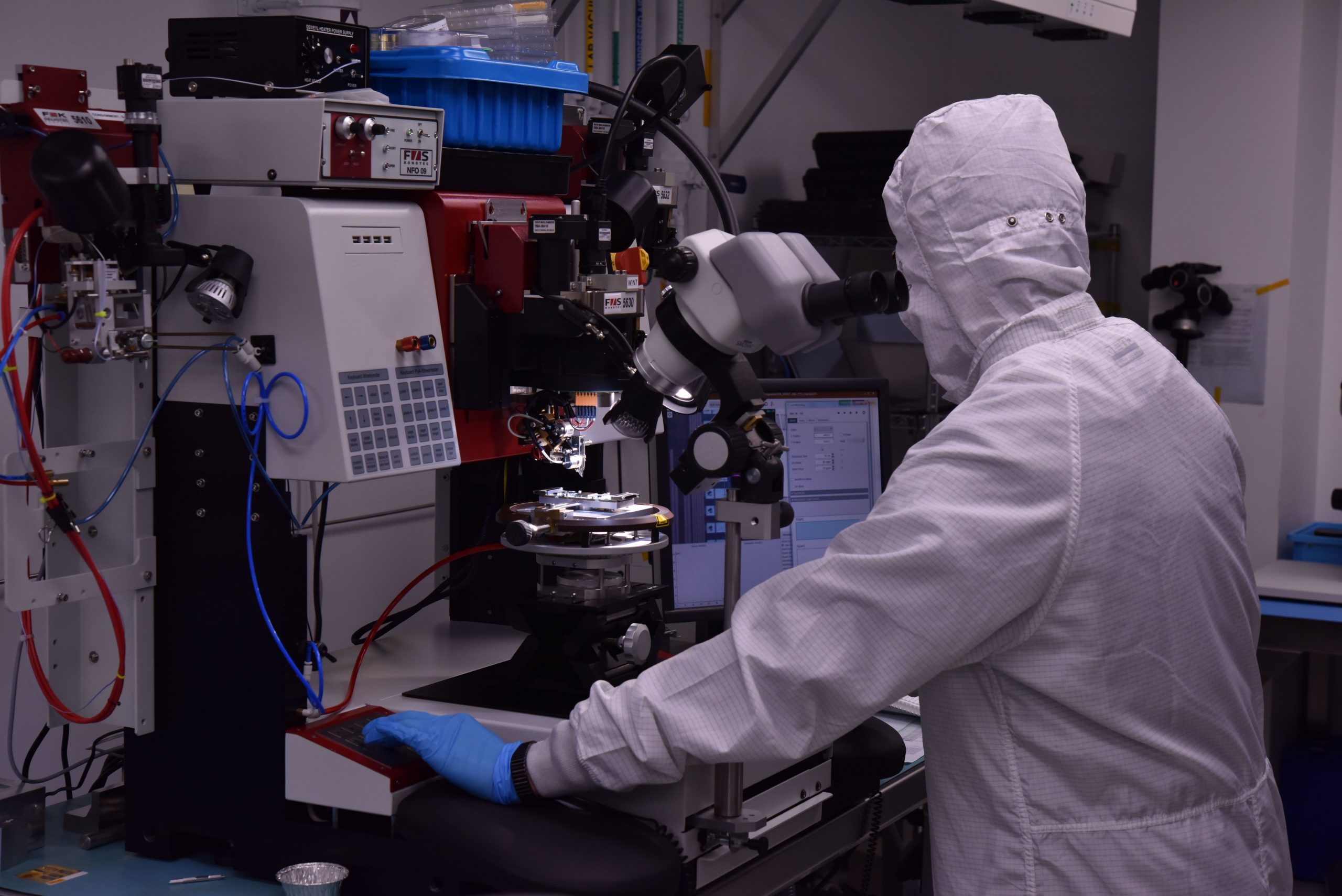
Detector Systems Branch (553)
The Detector Systems Branch builds a wide range of products from single custom detectors to entire instruments for NASA, other government agencies, universities, and industry. These detectors span the entire electromagnetic spectrum from the millimeter to cosmic rays. In addition, the Branch fabricates and tests particle detectors, Micro-Electro-Mechanical- Systems (MEMS), and Nanotechnology components. The Branch’s detectors can be found on NASA’s spacecraft, aircraft, balloons, and rockets, as well as on Earth-based telescopes.
Contact Code 553 Key Personnel
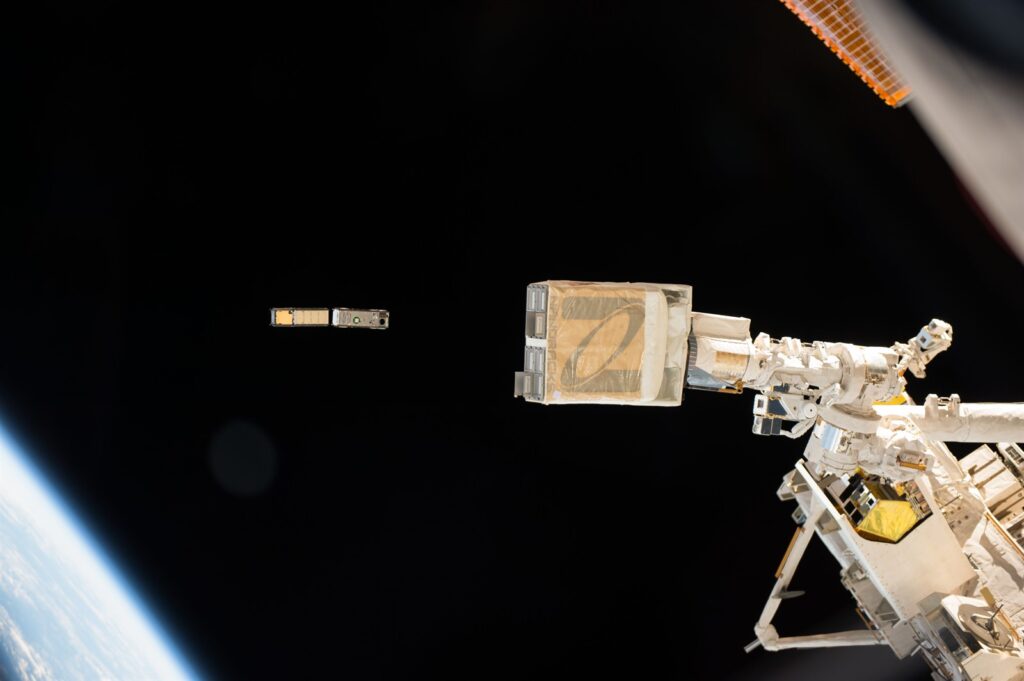
Microwave Instruments and Technology Branch (555)
The mission of the Microwave Instruments and Technology Branch (MITB) is to advance Earth and Space Science and Exploration microwave instruments by researching and developing state-of-the-art technologies, applying technologies, and providing technological expertise for mission concepts, technology infusion, and instrument development. It addresses the scientific needs for advanced and new measurements in the microwave through submillimeter-wave frequency range for future remote sensing and radio astronomy missions. The Branch performs technology and instrument developments including design, fabrication, integration and test, performance analysis, and calibration.
Contact Code 555 Key Personnel
